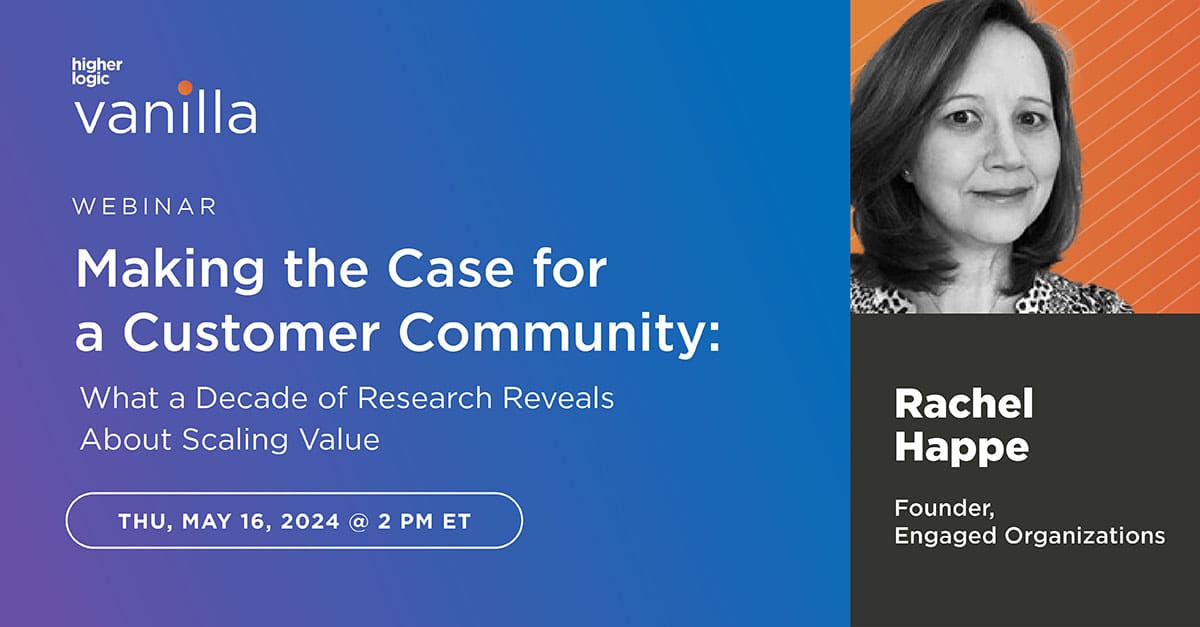
How to Demonstrate Community as an Asset to Your Organization

Hosting an online community is a big investment; from licensing the community platform to having dedicated resources allocated in supporting its activities. So you’ll inevitably hear the questions “What’s our return on investment?” and “Is the community achieving our organizational goals?” from executives and senior management.
And what really gets their attention is when you can speak in terms of hard dollars. Be prepared to have those conversation by being armed with these success metrics.
Reduce Support Costs
Support centers are a huge operating cost. Demonstrate that you’re able to reduce these costs using community as an additional channel. Use our customizable Customer Support ROI Calculator to see potential savings a forum solution can provide.
Call deflection – This metric pops up every time we talk about success metrics, probably because it’s the easiest to calculate. Each traditional support channel (phone, email, chat) has a cost-per-interaction associated with it. So for every issue percentage decrease in traditional support channel, compare to the increase in community support activity around those same issues.
Scale – The power of community allows a single support rep, or member for that matter, to answer one question to the benefit of many, reducing the amount of times reps would have to answer the same question again and again. Efficiency gains like this tend to lead to a reduction in headcount and allowing the support team to run a little more leaner. (See also How Can You Scale Customer Support)
Self-service – Chances are the answer to a customer’s question or a solution to their issue already exists in the community. This is where Search is your best friend. Whether customers find what they’re looking for through a referral from a Google search or from an on-site search of your community, you just eliminated the extra step of having them contact the support team. By allowing customers to find “low-hanging fruit“ solutions on their own, your support team can focus on the more heavy handed issues that require multiple touch points and follow ups. (See also Self-Serve Customer Support Starts with Google)
To track the self-service metric, look at social signal triggers. They allow users to Like, mark answers as Correct or Helpful, send Kudos, or vote up best responses.
BONUS: Don’t forget to download the 2016 State of Online Communities and Customer Support report to learn how to boost revenue with crowd-based, self-service support.
Increase Sales
When you talk about augmenting sales numbers, it always gets the attention of execs and senior managers. So speak their language and how community can help in that effort.
Generate Leads – Look at the number of sales leads that have been created is one of the most concrete ways of showing that your community is generating revenue for your business.
Soft-selling – Guide members to make new purchases when, and only when, it will provide them with true value, like an enhanced experience or solves a business problem. Don’t sell for the sake of selling.
Adding integration to a CRM service like Salesforce makes tracking these statistics simple. (See also Three Ways Your Community Can Generate Sales Leads)
Reduce Marketing Expenses
Marketing dollars are a precious commodity. Marketers always need to spend their budgets cautiously and wisely. Instantly reduce expenses by mining your community for user-generated content that can be used in marketing collateral. Any marketing message that can be pulled from the community, is a direct savings to your marketing budget.
Product Reviews – Prospects look to their peers for purchase recommendations. Why? Because their authentic, credible, and believable; more so than any message coming from corporate marketing. So give them options (testimonials, write-ups, ratings, video commentary) when reviewing your products (See also Building Your Community Using Influencer Marketing)
Sharing Experiences – A dedicated area of the community to share experiences with your company and its employees may seem risky, and a bit scary, to illicit such feedback. But it has huge potential to pay dividends. It demonstrates post-purchase support for your customers and being a great place to work to attract and retain talent.
I know what you’re going to say, “You missed a ton of other success metrics!” And I’d say you’re right and completely agree. I realize the value in engagement, advocacy, and reputation management, among other community benefits.
But for the purposes of building a business case, getting executive buy-in, and ensuring you secure a community budget year-over-year, hard numbers speak louder with execs, especially when they directly affect the bottom-line.


